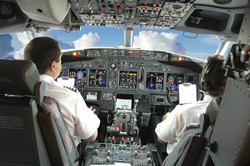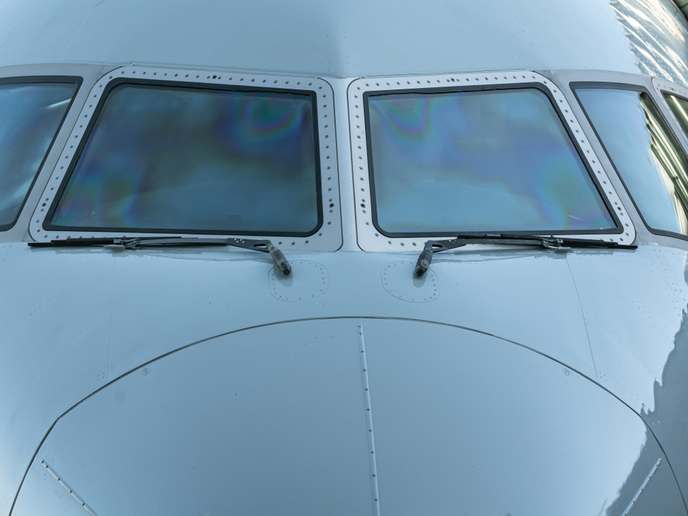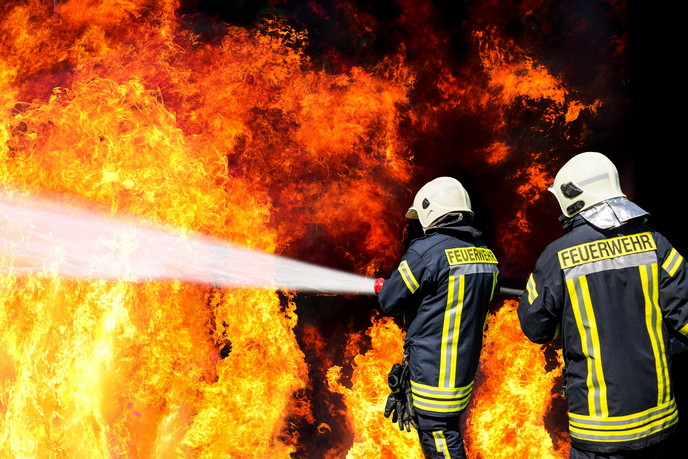Analysing the human input into flight systems
Analysis has shown that human error on the flight deck is the primary cause of aircraft accidents in 70 % of all cases. Add to this deficiencies in maintenance responsible for 12 % of major accidents and 50 % of engine-related flight delays and the human factor plays a critical role. To mitigate human error and so achieve a reduction in the number of accidents, the 'Human integration into the life-cycle of aviation systems' (HILAS) project aimed to develop a system life-cycle model. Information on the human aspects of the system would be transformed into a resource which could be used to guide the innovation of new safety-orientated technologies. Research into flight deck operations brought about the development of a set of new tools to meet emerging certification requirements. Deployed in a simulation rig, this represents a significant step forward in integrating a human factor assessment of new flight deck prototypes. Regarding flight operations and maintenance, the HILAS project developed a set of best practice organisational processes together with guidelines for implementation and evaluations by industrial partners. A set of operational models representing the whole flight process was developed. The scientists also developed a new methodology to analyse human input into operational processes. To encourage an active collaboration network, particularly between flight operations and maintenance, a knowledge management system was developed. This promotes the sharing of best practice by different organisations involved, each with their own specialisation, supported by HILAS partners. A systematic, dynamic, integrated framework has been developed that addresses how these systems interact with human factors in real aviation operations. Particularly important is that the framework, through its inherent fluidity, will support processes through stability and change in this dynamic industry ensuring maximum safety, quality and efficiency.







